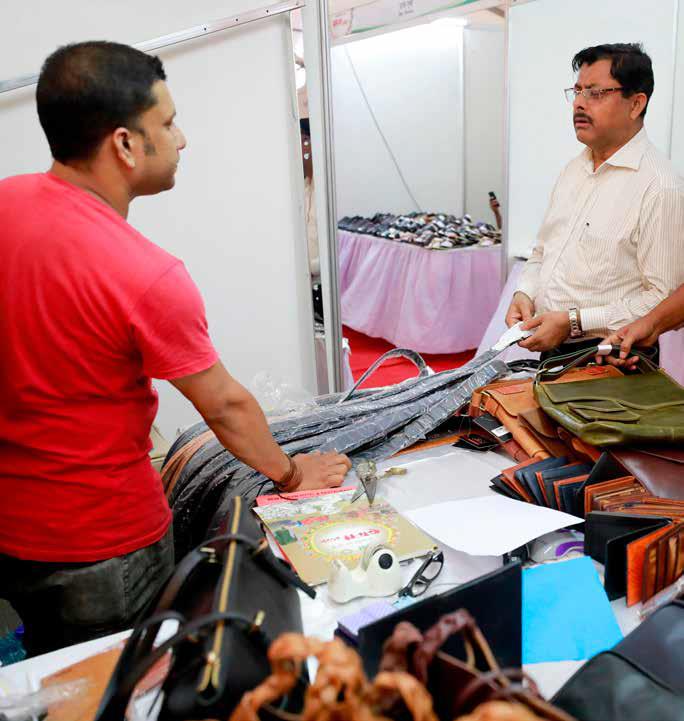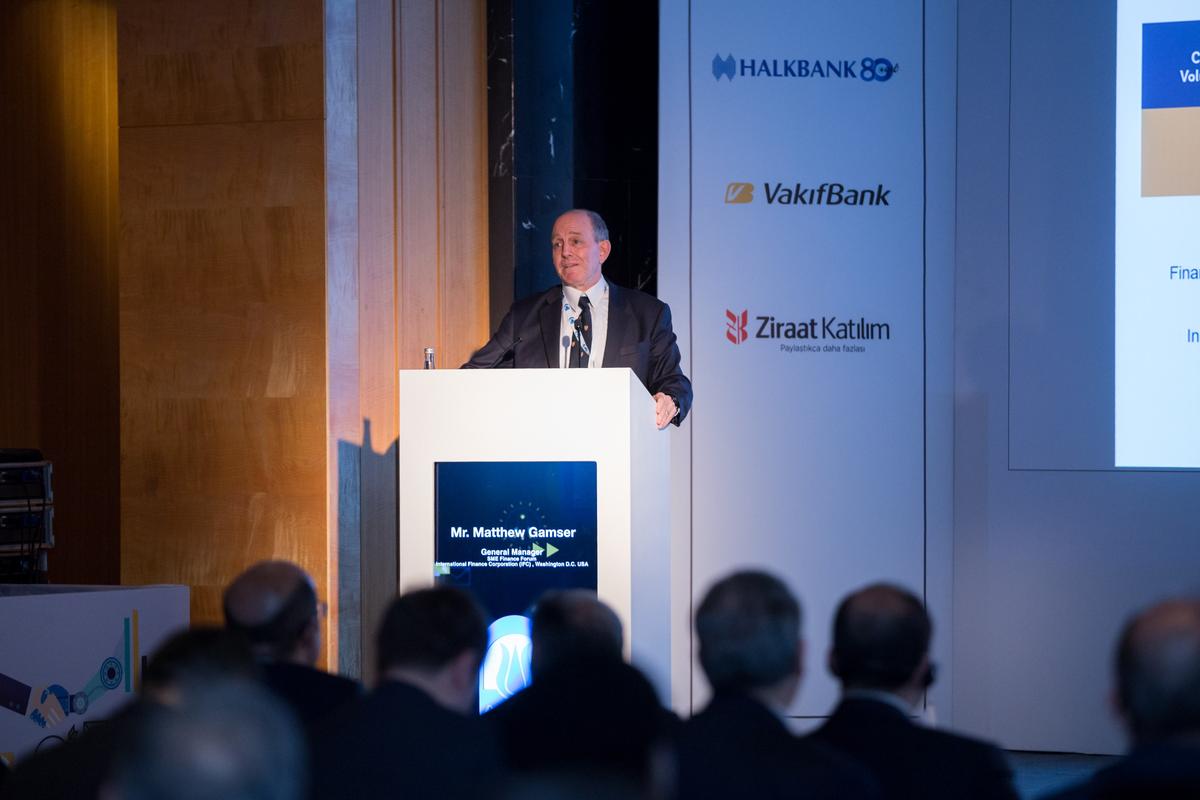Blog
How Equity Finance Can Help Europe’s SMEs Grow

Europe’s SMEs are heavily reliant on bank loans with limited access to other types of finance. Yet equity finance is often more suitable for startups and growth companies and is available from diverse sources, such as family and friends, business angels, crowdfunders, venture capitalists and public markets. But the path to accessing this type of finance is not always clear…
When writing our new SME finance Guide one of the challenges we encountered was navigating the different funding sources offered by 28 member states and the European institutions.
What we saw was that many governments and pan-European institutions provide extensive loan and equity support, but the fragmented nature of pan-European support measures often makes it difficult for SMEs to identify and procure funding, especially across borders. This contributes to an overall lack of awareness about the funding options available. For example, two-thirds of SME financing comes from bank financing, when other funding options could be more appropriate.
Part of the solution, included in the Guide, was to create a consolidated list of all Pan-European support schemes. While we hope SMEs find this a useful tool in identifying appropriate funding bodies, it’s clear capital markets can also play a greater role.
Right now the European Commission is exploring ways to better connect SMEs with a range of funding sources as part of its Capital Markets Union. In this respect, a more comprehensive and flexible approach to SME financing in Europe could be beneficial to growth.
This is good news. SMEs are the backbone of the European economy, accounting for 99% of all companies in the EU and two-thirds of private sector employment. Yet they are struggling to raise capital, with many leaning heavily on financing sources, such as banks. So how can financing options outside of bank lending help Europe’s SMEs grow?
A lack of equity capital
The US provides a useful comparison to Europe. It’s a similarly sized economy to the EU, yet its funding structure is different. Although the EU provides more overall funding to SMEs than the US with €2tn of finance available in the EU compared to €1.2tn in the US, the EU provides two-third of bank lending compared to less than 40% in the US. The US’ funding structure allows more equity capital investments to SMEs at stages where debt cannot be repaid.
US start-ups with no financial history and companies looking to expand with negative forecasted cash-flows have access to a wider and more diverse pool of equity investors who may finance their initial or expansion projects. For example, friends, family and other private investors provide 33% of SME financing, compared with just 9% in Europe. And in 2013, business angels in the US invested €20 billion in SMEs versus only €6 billion in Europe.
In short, there is a culture of risk taking in the US which has led to growth. You only have to look at how leading players in the digital economy grew from tech start-ups to household names through funding options such as venture capitalism. For example, Facebook got off the ground thanks to an initial $500,000 investment from venture capitalist Peter Thiel.
Venture capitalists and angel investors provide not only capital in exchange for equity, but can also help in providing valuable advice and business contacts. Yet in Europe VCs have invested just €5 billion in SMEs compared to €26 billion in US SMEs. Clearly more is needed to encourage VC investment.
New types of equity providers can also help Europe’s SMEs. Equity crowdfunding and marketplace lending, if appropriately structured, provide a legitimate alternative to bank funding.
This is especially important when you consider that Europe’s savings markets are less geared to equity investing, with our pot of pension savings not sufficient to provide much-needed equity investment to SMEs. For example, EU pension funds provide a mere €4.3 trillion in investable assets compared to €14.9 trillion in the US. What’s more, EU pension funds allocate less funding to the equity asset class than their European peers, respectively 37% compared to 53% in the US.
Equity crowdfunding has already produced some homegrown success stories. Scottish craft beer brewers Brewdog raised over £2.6 million through equity and bond issuance through the crowdsourcing platform Crowdcube. This innovative approach, combining both crowdfunding technology and equity issuance, has helped them grow their business to the point where they are expanding into the US market.
This is just one example, but it shows how Europe’s SMEs can look beyond bank financing to help their business grow.
Indeed, in addition to €75 billion made available through the Investment Plan for Europe, the European Commission’s Capital Markets Union proposals will hopefully improve access to diverse sources of finance at all stages of the SME funding escalator. Fostering a culture of risk-taking and innovation among our SMEs and investors, alongside providing more useful information on the different funding options available to SMEs, is vital if the wider European economy is to grow.
For our part, alongside the Guide, we’re hosting a series of workshops around Europe exploring the choices SMEs face when raising finance: how much and what type of capital they need, where they should get it from, and how they should apply. These workshops are an excellent opportunity for SMEs and all stakeholders involved in SME finance such as business angels, accountants, venture capitalists, exchanges, crowdfunders, public entities, banks and other lenders to discuss different approaches for SME financing.
While capital market funding isn’t a silver bullet, it’s well worth SMEs investigating alternatives to bank finance that might better suit their business goals. The trick is making sure the information’s out there for them.
AFME has released the first pan-European SME funding Guide: Raising Finance for Europe’s Small & Medium-Sized Business which is freely available to download in English, French German, Italian and Spanish on the AFME website.
----------------------------------------------------------
SMEs are free to register for the upcoming AFME Workshops on Funding Opportunities for Europe’s SMEs:
- Brussels, 26th January
- Paris, 28th January









